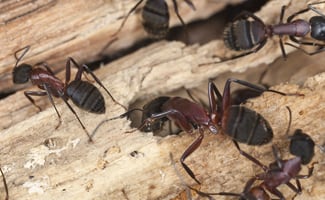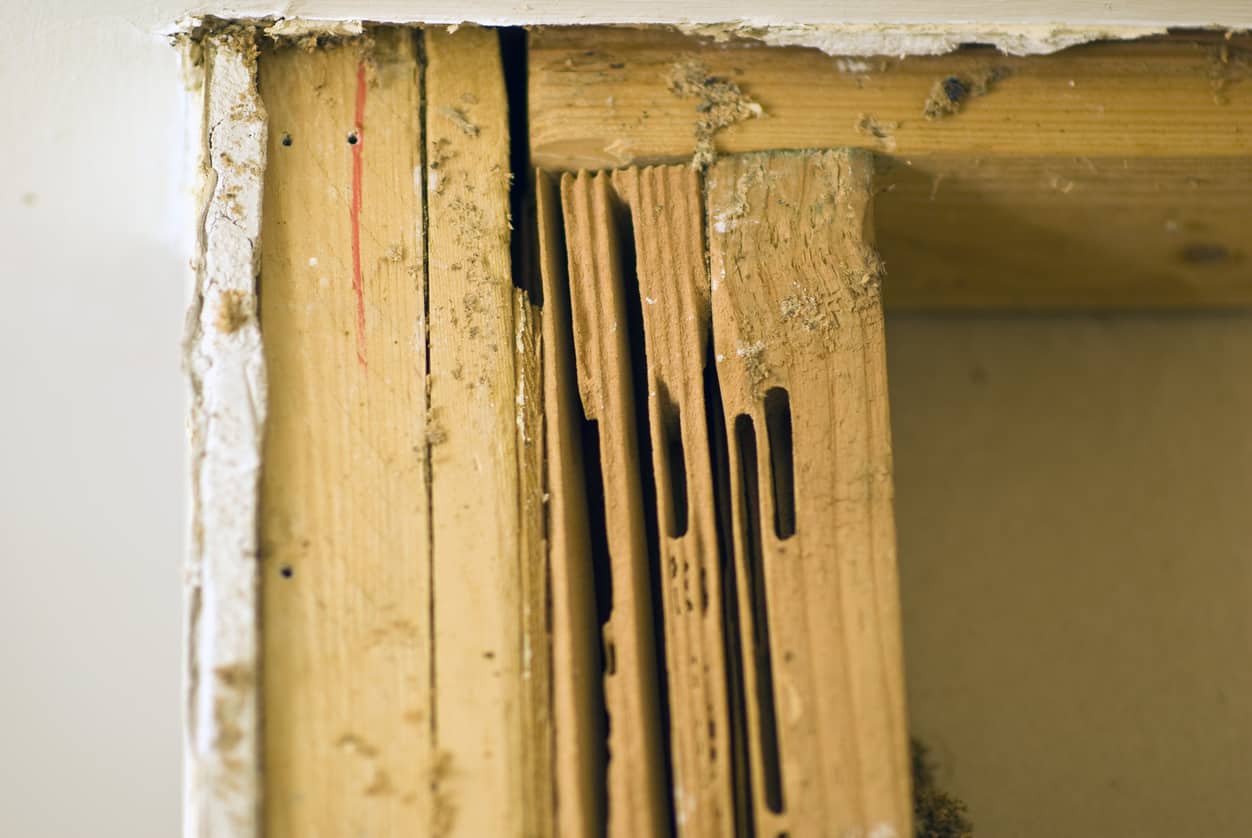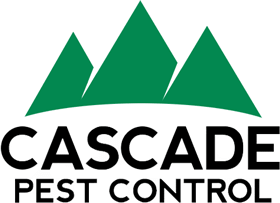Author: Kurt Treftz, Cascade Pest Control
The beautiful climate of the Seattle region is not only attractive to residents, but it can also attract unwanted pests like carpenter ants. Unfortunately, the Pacific Northwest is all too attractive to these destructive insects.
Learning how to control carpenter ants in damp environments can go a long way for a homeowner’s peace of mind.

What are carpenter ants?
Carpenter ants get their name from the way that they build their nests, by tunnels and chewing through wood to create space. Unlike termites, carpenter ants do not eat wood, but they do chew through it. They leave behind piles of sawdust which could be your first sign of an infestation.
Carpenter ants are found throughout the United States, but they are most common in the northern states. They are approximately ½” long and commonly black, but they can also be red & black, brown, or red.
What are the signs of a carpenter ant infestation?
- Winged males (or discarded wings) in your house might be the first sign that you have carpenter ants
- Rustling in the walls may signify the presence of a nest.
- Inexplicable piles of sawdust (called frass) around your home could be a sign of a problem.
- Damaged wood is another sign that you could have a problem with carpenter ants. Look for small openings in the surface of the wood where ants might be expelling debris.

Why do carpenter ants enter a building?
Carpenter ants are attracted to sources of food, water, and shelter. If your house provides what they need, they will enter and set up housekeeping. They will look for a food source within 300 feet or so from their nest. If your garden or kitchen is a promising supply of honeydew, fruit juices, arthropods (outside) and eggs, meat, sweets, and grease (inside), carpenter ants will capitalize.
Another attraction for carpenter ants is damp, rotten, or moldy wood. It is a smorgasbord for these destructive critters. Ants may be enticed by the wet wood, but they will soon branch off into dry, undamaged wood as well.
Carpenter ants often have a parent colony outside in a tree stump, rotten fence post, or pile of old firewood. Then, they will branch off into satellite nests that may form in your home. These colonies may have upwards of 50,000 ants.
Controlling carpenter ants with Integrated Pest Management (IPM)
Because a carpenter ant infestation can be costly in damage to your home and peace of mind, it is often a good idea to contact a licensed pest control team to assist you. Cascade Pest Control uses Integrated Pest Management to use the least invasive, most environmentally-friendly options. IPM is a continuum of action from most conservative to most aggressive in treating pest issues. Here are a few steps that can be taken to control carpenter ants.
- Control Moisture
One of the first steps in IPM is preventing an infestation in the first place. Since carpenter ants are particularly attracted to wet wood. There are some clear steps you can take to reduce their attraction to your home.
Find sources of moisture or standing water and eliminate it. Basements, crawlspaces, and even attics can be open invitations. In particular, basements can be damp spots, from pipe condensation to cracks in the foundation to small leaks.
Invest in dehumidifiers or exhaust fans to keep your basement and crawlspace nice and dry. If you do find a leak, fix it immediately. Don’t let the wood sit wet and begin to mold or rot. This is an open invitation to carpenter ants.
In humid environments like the PNW, you can run your air conditioner to take moisture out of the air. In addition, make sure that your washer and dryer are working directly and that the dryer vents appropriately to the outside. You might also want to waterproof your basement floors and walls with a thick coat of water-resistant paint. Some basements can benefit from a sump pump. A pump like this takes the water that collects in a low point (like a small basin or sump pit) and pumps it out of the home to maximize comfort and reduce the risk of mold, flooding, or structural damage.
- Control Access
This is true of all ants and bugs, but do your best to create barriers to entrance. Keep branches, shrubs, and bushes trimmed and away from touching the house. Store any building material or firewood away from the sides and foundation of your home. (Don’t stack wood against your house).
Seal up any known cracks around doors and windows. Keep screens in good repair. Apply caulk or weather stripping where necessary.
- Control Resources
Since ants are foraging for food, make sure they don’t find easy access to your house. Clean up crumbs, sweep floors, and keep food in sealed containers. A little bit of prevention can go along with keeping pests out.
Don’t keep standing water around as they can attract bugs as well. Make sure that your downspouts and gutters are working. Debris caught in your drainage system is a breeding ground for pests. Keep your gutters clear. Also, make sure that rainwater is directed away from your foundation.
- Apply deterrents
After you’ve done everything you can to keep these pests out, you might still find yourself with an infestation. The next step in the IPM journey is to become more aggressive. Deterrents can be applied to drive carpenter ants out of your space. Work with an ant pest control company to find an appropriate option.
- Apply insecticides
If more aggressive means are necessary, there are pesticides to choose from that can increase your threat. Again, a company like Cascade has an arsenal of options to keep your home, pets, and family as safe as possible while you eliminate the threat of carpenter ants.
Don’t let carpenter ants have the final say. You can answer back and prevent them from gaining a foothold in your home or business. If you need help, contact Cascade Pest Control at 888-989-8979.
